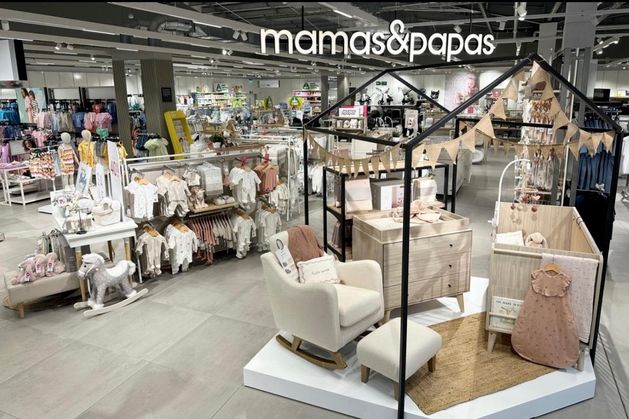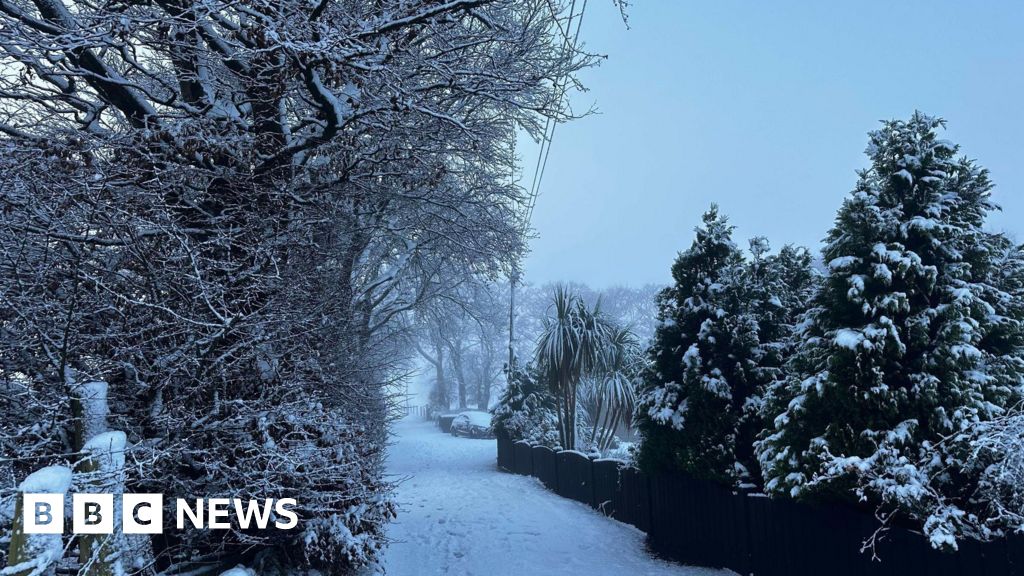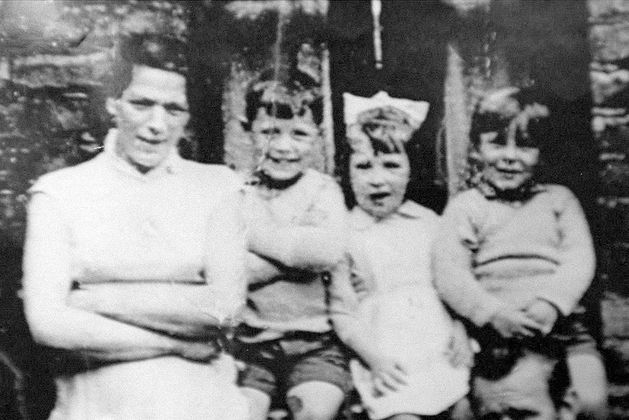Travel
Wild Atlantic Way and Causeway Coastal Route links welcomed
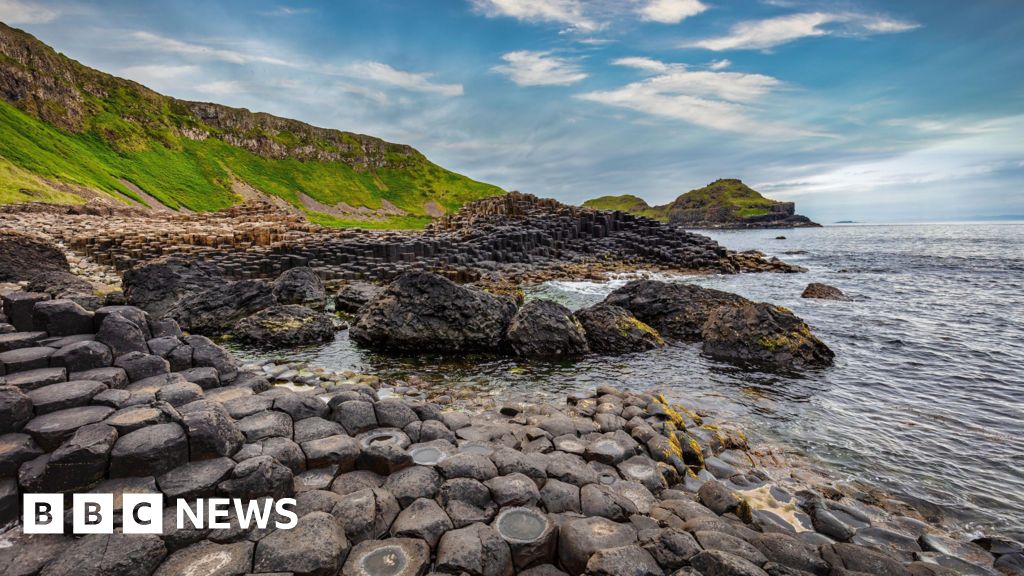
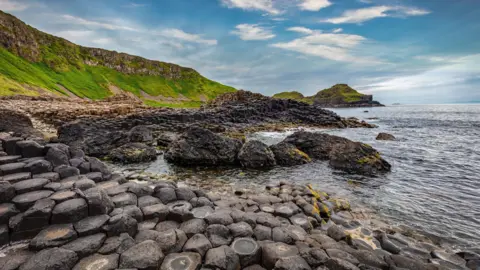 Getty Images
Getty ImagesTourism bosses have welcomed the Irish government’s multi-million-pound funding package to develop closer links between the Wild Atlantic Way and the Causeway Coastal Route.
The money, announced on Monday, will develop a closer branding link between the Wild Atlantic Way in the Republic of Ireland and the Causeway Coastal Route, home of the Giant’s Causeway, in Northern Ireland.
Taoiseach (Irish Prime Minister) Simon Harris said his government was allocating €7.6m (£6.4m) to the cross-border scheme.
Harris said linking the two routes could help boost economic tourism and visitor numbers, especially in the north west.
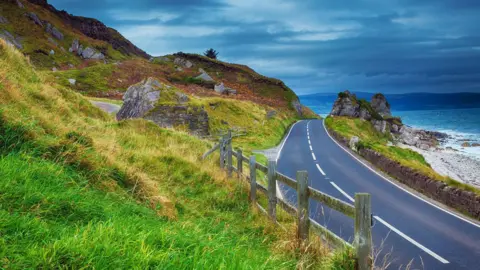 Getty Images
Getty Images“This will undoubtedly create more opportunities for tourists from both home and abroad to experience all that Derry and the amazing north west and northern coast regions have to offer, and I look forward to seeing the outputs of this impactful project,” he said.
The 2,500 km (1,553 mile) Wild Atlantic Way is a tourism brand which currently stretches from Kinsale, County Cork, to the Inishowen Peninsula, County Donegal, in the Republic of Ireland.
The route was launched in 2014 and is credited with helping boost tourism in the west of the country.
The popularity of Northern Ireland’s Causeway Coastal route, spanning 190 km (120 miles) from Londonderry to Belfast, has increased in recent years.
Now tourism bosses hope the link will elevate it further.
“We are coming at from the perspective of the visitor,” Ciaran Doherty of Tourism NI said.
 Getty Images
Getty Images‘Real opportunity for Derry’
Speaking to BBC Radio Foyle’s North West Today programme, he added: “You want them to have an amazing time and not really see any difference in terms of their experience when they come along the Wild Atlantic way or across the Causeway coastal route”.
Mr Doherty said the funding would allow the Causeway Coastal Route to reach another level of visitor experience.
Work will now begin on improving signage and visitor experience, he said.
It would also present a real economic opportunity for the city of Derry, where both routes converge.
“These two touring routes are all about the outdoors, the landscapes,” he said.
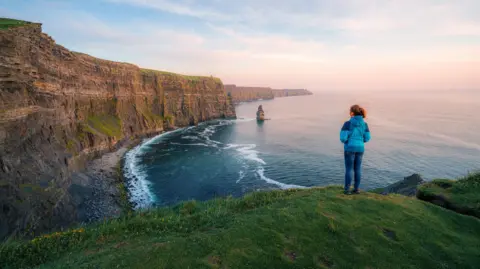 Getty Images
Getty Images“But research shows visitors want to have a hub with lively entertainment, a night time economy, good food and drink, and being able to get up close and personal with people from an authentic experience perspective.
“Derry being one of the hubs right along the two routes, there is a really great opportunity for the city.”
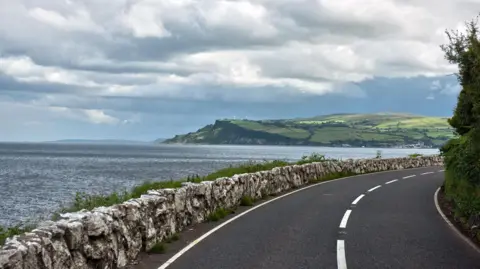 Getty Images
Getty ImagesFáilte Ireland’s Wild Atlantic Way manager Joan Crawford said the government money would allow for the “cementing of relationships” between the two routes.
“Visitors do not see borders, we need to be mindful of that,” she said.
Now tourism bodies will be able “to enhance interpretation at existing visitor attractions, so that we can push the visitor along the route, so they know there is more to see and do”, she said.
Work has already started on upgrading the Causeway route’s signage and on the development of discovery points, or main tourist attractions, on the route.
The SDLP MLA for Foyle, Sinead McLaughlin, said it was now vital that Derry was marketed as the new link up’s regional capital, so it can “act as a thriving tourism hub”.







